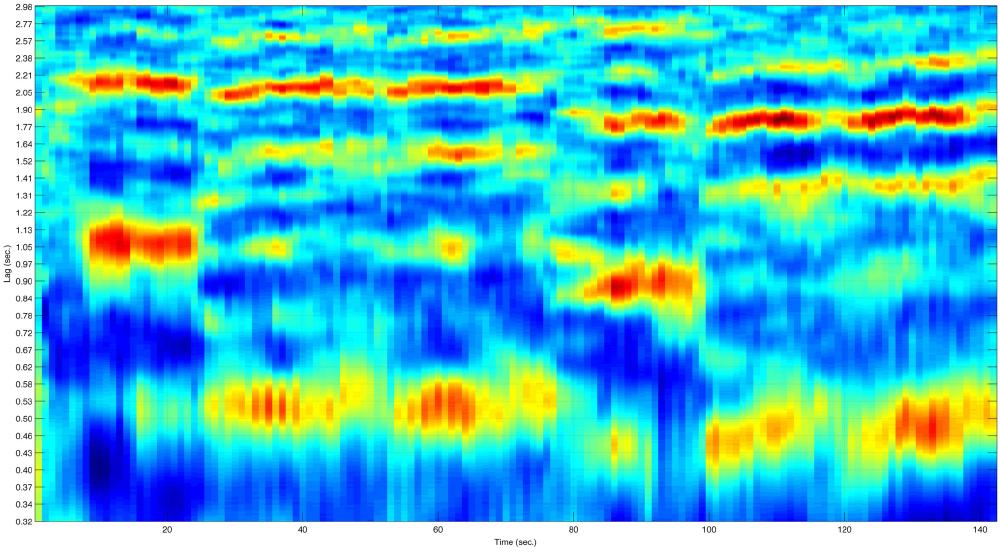Elective Tempo in Decentralized Music Cultures

Using Sacred Harp Minutes data to systematically identify songs from The Sacred Harp represented in a corpus of recordings featuring 3,890 songs at Sacred Harp singings, this project uses a custom-designed beat tracking system to analyze how tempos selected by practitioners of this decentralized music culture correspond to historical prescriptive instructions for appropriate tempos. Singers at Sacred Harp singings take turns leading songs and have discretion over tempo. The 1844 Sacred Harp prescribed tempos in seconds per measure for each of the book’s seven “moods of time,” though as music educator Allen Britton noted in 1949, “whether or not the exact tempos ascribed to the various signs was strictly observed in practice we cannot tell.” A 1911 revision to the book’s introduction removed these instructions.
This project assess conventional wisdom among singers, which holds that tempos have increased during the twentieth century, determining that tempos for some moods of time have indeed increased, but that observed tempos for a majority are remarkably close to original prescriptions. The project suggests new approaches to extracting tempo information from beat onset data and structuring corpora used to evaluate beat tracking systems.
Project team
- Jesse P. Karlsberg, lead researcher
- Mark T. Godfrey, lead developer